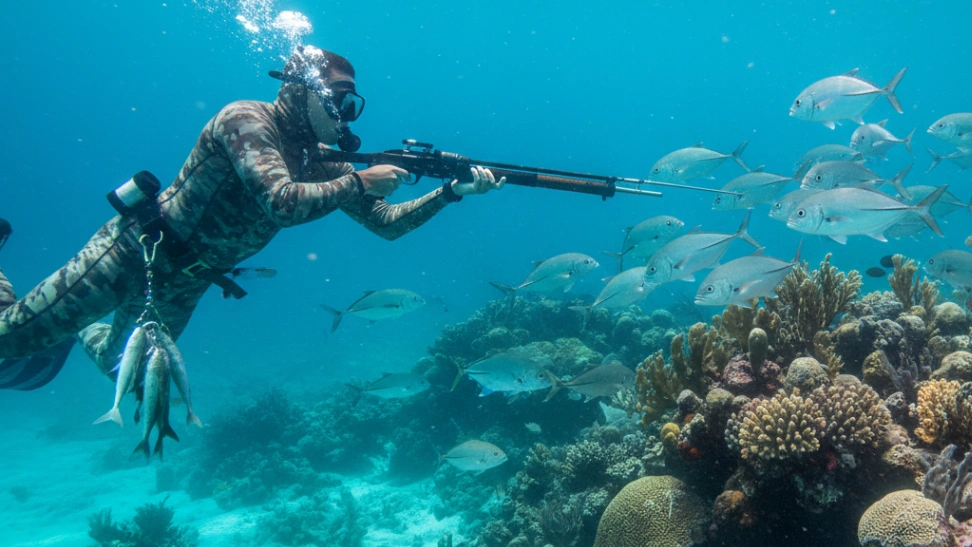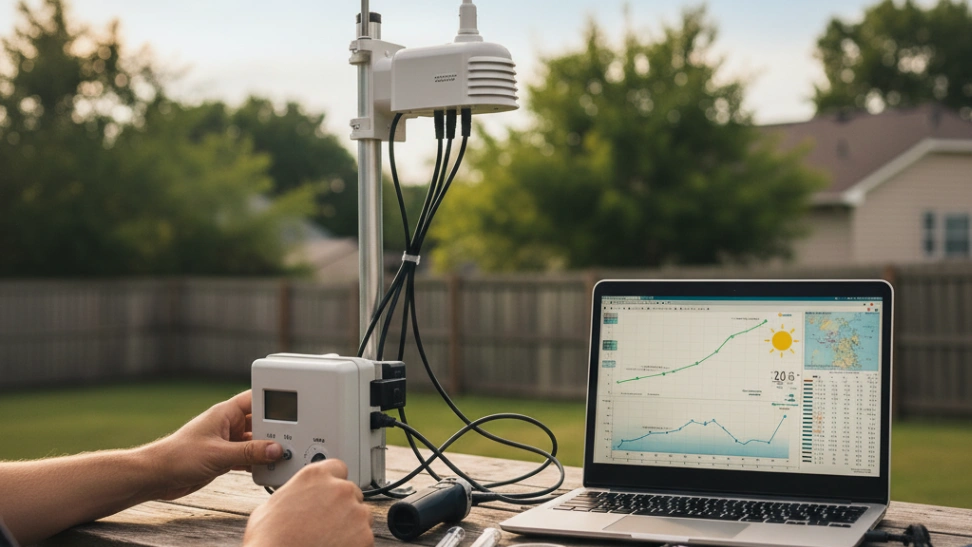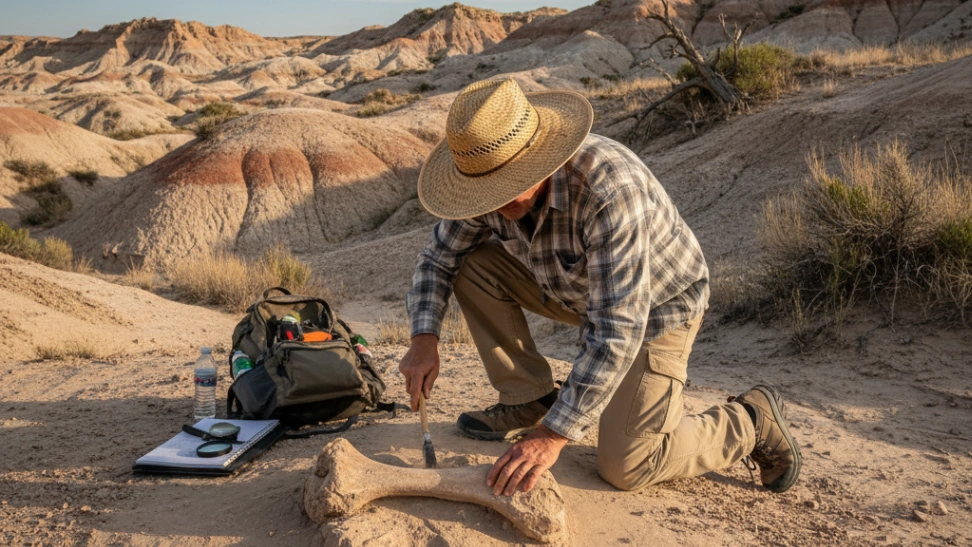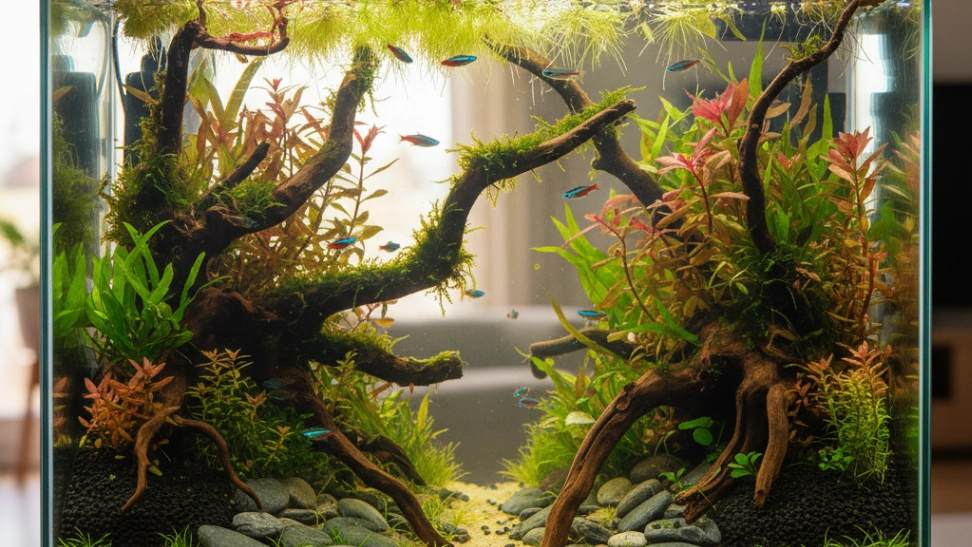Is This Hobby For You?
Ideal for adventurous individuals who love the ocean, enjoy a physical challenge, and seek a sustainable way to harvest seafood.
Why You'll Love It
- Provides a thrilling, immersive connection to marine environments.
- An excellent full-body workout that builds strength and lung capacity.
- Offers the satisfaction of harvesting your own fresh, sustainable food.
Good to Know Before You Start
- Requires significant physical fitness and comfort in open water.
- Can be dangerous, demanding strict adherence to safety protocols.
- Initial gear investment and ongoing training can be costly and time-consuming.
Hobby Traits
How the community rates this hobby.
Getting Started: The Essentials
The basic requirements to begin your journey with Spearfishing.
Startup Cost
$500
Community-voted average
Ongoing Cost
Low
Monthly upkeep estimate
Essential Gear
Speargun
An essential tool for effectively and humanely catching fish underwater.
Wetsuit
Provides necessary thermal insulation and protection in various water temperatures.
Mask, Snorkel, Fins
Crucial for clear underwater vision, surface breathing, and efficient propulsion while diving.
Learning Curve
Overall Difficulty: Easy
Associated Skills
Skills you can expect to develop while pursuing this hobby.
A Closer Look at the Traits
Active
Keeps you active and on your feet, but isn't a full-blown workout.
Fairly Practical
You learn a useful skill, but the process is also a major part of the enjoyment.
Deep Nature
This hobby takes you deep into the great outdoors, far from civilization.
Very Physical
A physically demanding hobby that builds strength, endurance, and coordination.
Purely Technical
Leans heavily towards logical and technical skills, involving precision, logic, and structured problem-solving.
Social/Solo Balance
Can be enjoyed alone or with a small group, offering a mix of personal focus and social interaction.
Frequently Asked Questions
Hobby Traits
How the community rates this hobby.



